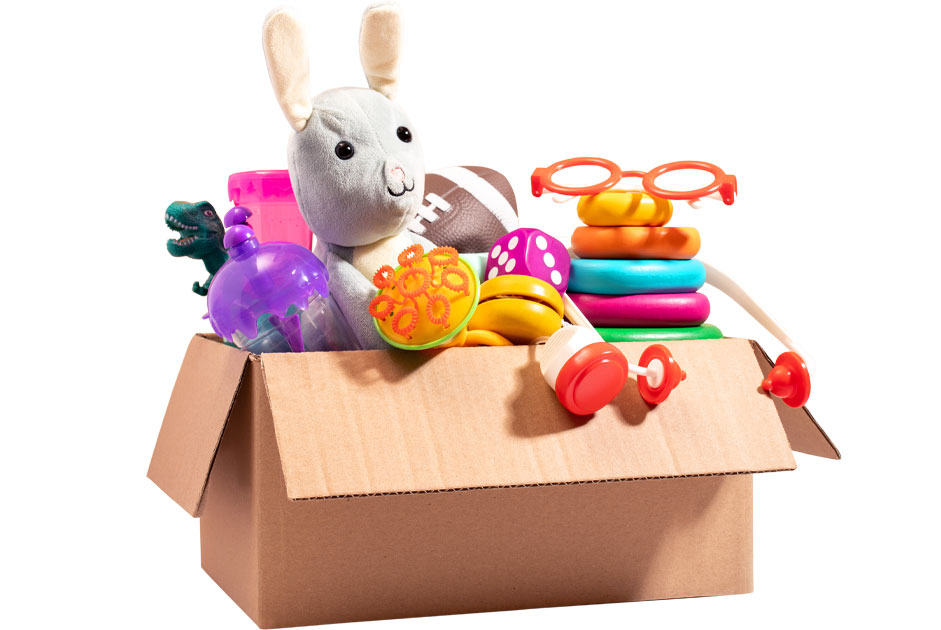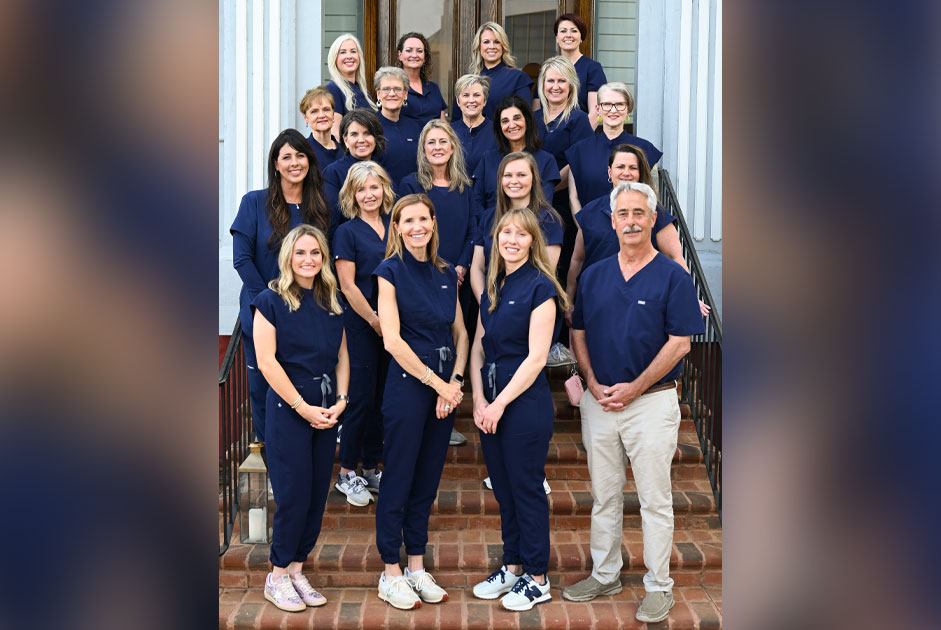Each month this series will provide important facts and tips surrounding child safety in an effort to support parents and caregivers as they navigate reducing risks and creating the safest environment possible for the children in their lives.
Did you know that November is National Good Nutrition Month?
There’s no better time to take a closer look at your children’s nutrition, how to support their overall health and guide them towards a healthy relationship with food! Healthy eating helps provide your child with proper growth and development both physically and cognitively, as well as prevent various health conditions.
As you dive into this article, think about how the food choices your kids make come together over the course of their day, and the week as a whole, to help you create a healthy eating routine.
Understanding what balanced nutrition really looks like
As adults we have a lifetime of ideas around nutrition, but the children in our life are just learning! Understanding what a healthy meal or food relationship looks like can really help create a firmer foundation in our children as they continue with whatever habits we’ve already helped instill.
According to the CDC (Center of Disease Control and Prevention) it’s important for children to eat a variety of foods throughout each day with meals, beverages, and snacks not adding any sugars, saturated fat, or sodium.
The Dietary Guidelines for Americans, 2020–2025 recommend that people ages two years or older follow a healthy eating pattern that includes the following:
- a variety of fruits and vegetables;
- whole grains;
- a variety of protein foods;
- fat-free and low-fat dairy products;
- fortified soy alternatives, when necessary;
- healthy oils.
Staying hydrated plays an important role in your child’s nutrition, as it satisfies hunger, helps eliminate false hunger cues, and keeps his or her body performing at its peak. Incorporating beverages like fresh-fruit infused water and fresh fruit juices can help get your kids to drink up.
Here is a look at how much water children should be consuming daily on average:
- toddlers: 2 to 4 cups;
- 4-8 years: 5 cups;
- 9 -13 years: 7 to 8 cups;
- 14 and up: 8 to 11 cups.
Make small changes and encourage healthy choices
If you recognize opportunities to help your child have better nutrition, don’t get overwhelmed, thinking it has to be all or nothing! Simply start by introducing one or two healthier options each day. Try swapping out a full plate of spaghetti at dinner for one that includes veggies, fruit, and a little protein with it. Snack time is perfect for small changes, like trading chips for grapes or berries. While you want to encourage healthier choices, it’s important to be mindful of not labeling foods or habits as strictly “bad,” as this can lead children to have poor relationships with certain foods, their body, and how others view them. Instead, try to share how important balance is and the benefits of each food group. Remember that a healthy eating routine not only helps your child today, but boosts their overall health well into adolescence and adulthood.
Creating Healthy Meals and Planning in Advance
One of the most common misunderstandings about eating healthy is that you need to have a larger grocery budget to do so. The reality is, there are so many cost- effective ways to incorporate healthier ingredients and ready-made meals and snacks that are budget friendly. Purchasing seasonal produce and shopping at local grocery stores, like Lidl and Aldi, can help bring your grocery bill down without compromising quality. A great resource supported by the United States Department of Agriculture is the “Shop Simple with MyPlate” website and app! This app allows you to learn more about healthy food choices while giving you simple and quick meal tips that don’t have to cost a lot.
Making a Difference & Taking Action
If you have a child in your life or know of one in your community that is not receiving proper nutrition due to food insecurity, please seek help from some of our local resources. You can contact the Supplemental Nutrition Assistance Program (SNAP), H.O.P.E. (Help Our People Eat) of Winston-Salem or Second Harvest Food Bank, just to name a few.
Helpful Resources to Learn More
- MyPlate App for Healthy Eating {ONLINE ARTICLE HYPERLINK https://www.myplate.gov/app/shopsimple}
- CDC Childhood Nutrition Facts {ONLINE ARTICLE HYPERLINK: https://www.cdc.gov/healthyschools/nutrition/facts.htm}
- H.O.P.E. of Winston-Salem {ONLINE ARTICLE HYPERLINK: https://hopews.org/}
- Second Harvest Food Bank {ONLINE ARTICLE HYPERLINK: https://www.secondharvestnwnc.org/find-help }



















